LED lighting – what’s all the fuss?
Energy prices are a huge concern for everyone right now, so it’s not surprising that most businesses are looking for ways to save. But cost shouldn’t be the only reason to adopt energy-efficient ways of working. Making your factory more efficient reduces your carbon footprint as well as your bills.
Rapid advancements in lighting technology mean there are now many alternative lighting products that outperform traditional lighting solutions. One of the most popular solutions is LED, and that’s what we’re looking at in this article.
How efficient is LED lighting?
You’ve probably heard that LED outstrips other lighting technologies when it comes to efficiency, but by how much? Well, according to research by E-ON, switching to LED could reduce your electric bills by as much as 90%.
That’s because LEDs use up to 90% less energy than incandescent lighting and 60% less than fluorescent lighting.
The light in LED technology is produced by ‘light-emitting diodes’ (LEDs) using a semiconductor and a process called electroluminescence that’s significantly more efficient at generating light than other technologies.
Plus, a traditional bulb turns up to 90% of the energy it consumes into heat. That means that if you’re trying to keep temperatures low, your air conditioning will have to work harder than necessary to counter all that extra heat. LEDs, on the other hand, produce barely any heat at all.
What’s more, LED lamps last for much longer than their counterparts which means less time and money spent swapping old for new.
For context, a high-quality LED lamp provides up to 50,000 hours of light – which means it can last for up to ten years. In comparison, incandescent or halogen bulbs will give you around 1000 to 2000 hours of light which means a much-reduced lifespan per lamp.
As you can see, switching to LED really does make sense – particularly if you’re both cost-conscious and environmentally conscious.

And how about LED installation costs?
Most new technology is expensive when it first comes to the market. This was certainly true with LED once upon a time, but not anymore. Even large factory lighting installations are relatively low cost to implement.
The cost of a full factory installation depends on the size of your facility, but you can usually expect an install ROI after approximately three to five years.
Of course, the ongoing maintenance, including lamp changes, are just as critical to any cost assessment, and this is where LED truly shines. Because the lamps last for longer, you’re looking at significantly fewer changes, which means LED solutions far outweigh their competition.
The added benefits of LED lighting
As we have already seen, installing an energy-efficient lighting system throughout your factory can significantly lower your costs. But when you look at LED in more depth, you’ll see how it brings hidden benefits too.
The quality of your lighting can have a huge impact on workplace wellbeing. Older fluorescent light tubes are prone to flickering, causing migraines and eye strain, and increasing the potential for accidents. LED lighting is more stable and closely emulates natural light, which can improve productivity levels.
Most LED solutions are also free from glass, mercury and lead, which all present a risk in manufacturing environments, particularly food and drinks production.
Moving towards LED? Time to assess your factory
If you’re serious about cost reduction and you still haven’t made a move to LED, then it could be time to do so. Legislation planned for 2023 will see fluorescent tubes completely removed from the market. If you’re still using this outdated tech, you’ll have to upgrade eventually, so why not start saving energy and money sooner rather than later.
Even if you have LED installed already, there might still be efficiencies to be made across your building – particularly if you have extended your production facility recently.
The first step is a detailed review of all your current installations, checking their efficiency and condition, and pinpointing areas where there is wastage and opportunities for improvement.
The assessment should also look into any restrictions based on the building’s fabric, exposure to moisture, and any ATEX areas.

Staying in control
Once you know how to make the most out of your lighting, you’ll want to do all you can to maximise the investment and reduce costs wherever possible. One way to further reduce your carbon footprint and energy costs is by optimising the lighting control.
Implementing a lighting control system is said to reduce costs between 30 and 50 per cent – which is not to be overlooked. There are multiple ways to control lighting in your factory without a huge investment. A few to consider include:
Dimmers – ideal for low light requirements, such as during scheduled production downtime or in breakout areas.
Manual lighting controls – helpful in meeting rooms when hands-on control is required.
Timed systems – perfect for specific times of the day when you have less staff onsite.
Movement sensors – can be programmed to operate only when staff are detected in a specific room (such as a toilet or storage room) or an area of a warehouse.
Daylight sensors/photocells – often used alongside movement sensors, daylight sensors switch lights to on, off or dimmed according to the natural light in the room.
All of these controls can be incorporated into your lighting upgrade, further increasing the efficiency of your factory and reducing your energy costs.
AES: specialists in commercial lighting upgrades
AES offers all the electrical contracting services you would expect, coupled with specialist services specifically to keep manufacturing businesses safe and efficient.
We can conduct a full lighting audit and create an installation plan that includes a cost-benefit analysis and expected ROI. We may also be able to assist you with accessing any government grants.
As well as your standard lighting and lighting controls, we can take care of all your emergency lighting needs and any specialist lighting. We are also CompEx accredited, which means we can carry out work in any ATEX areas.
If you’d like to learn more about any of our services, get in touch with our friendly team.
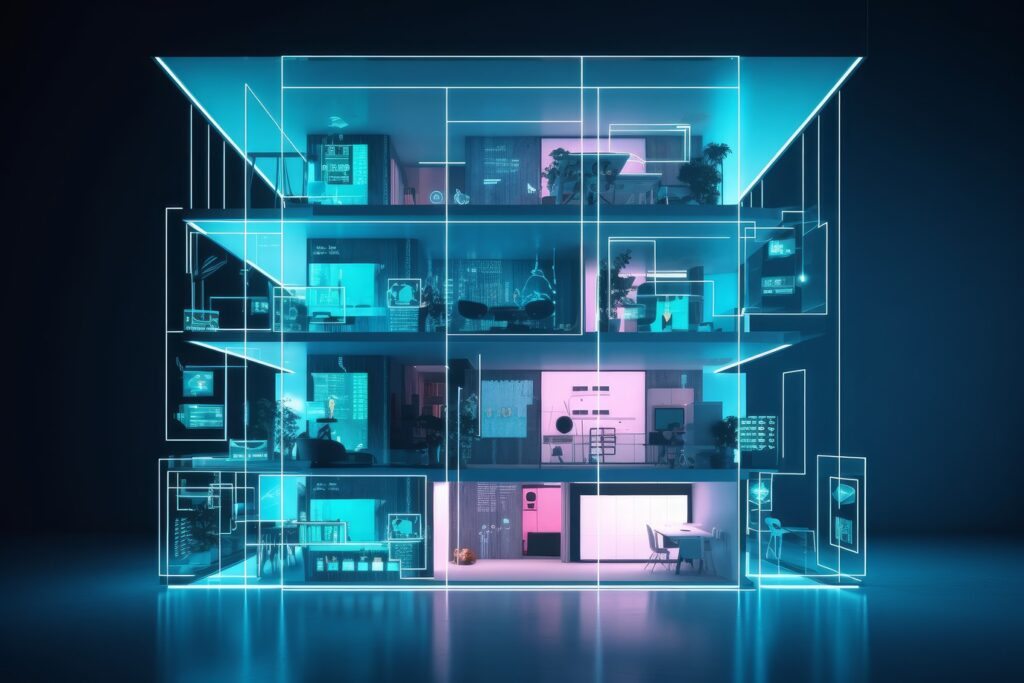
Our guide to building energy management systems
Building energy management systems (BEMS) are systems that allow you to monitor, control, and optimise the energy used within your building. The phrase building energy management system (BEMS) is often used interchangeably with the phrase building management system (BMS), but there are some differences. A BEMS is focused on energy-related systems such as lighting, heating, […]
Read more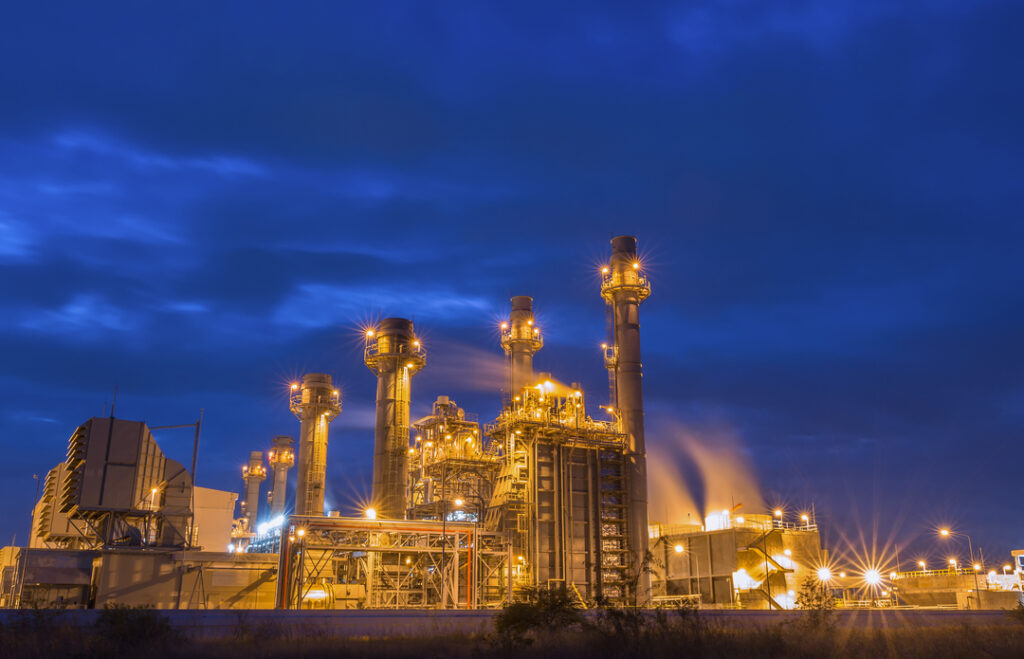
How far does power travel and what impact does distance have on performance
It’s easy to take our electricity supply for granted. We flick a switch and instantly have light or power. We don’t even think about it unless there’s an issue or an outage. But when there is an issue or outage, the impact can be significant. For manufacturers, even the smallest change in power can make […]
Read more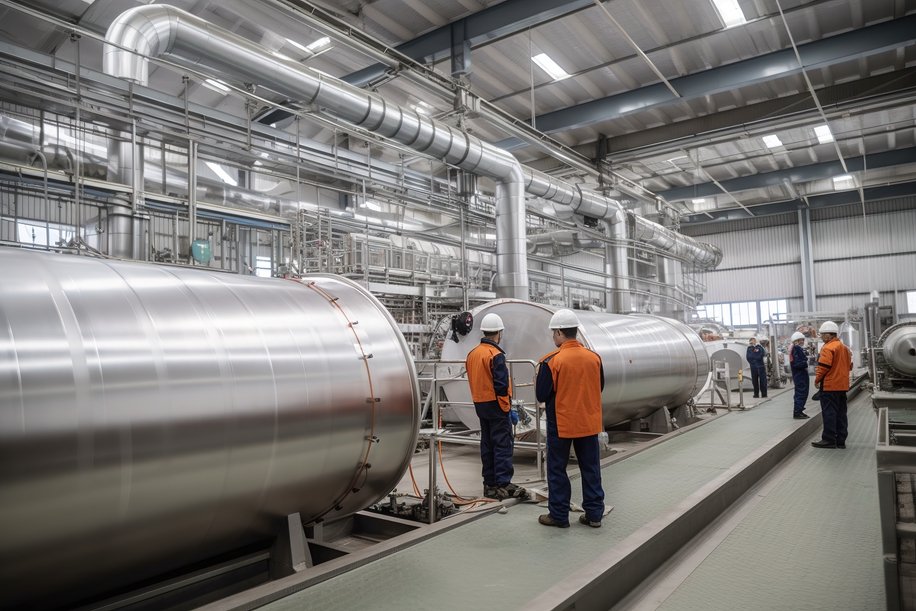
Why visibility of the production process is so important
Operational excellence, efficiency and quality are top priorities for almost every manufacturer worldwide. These things lead to improved productivity, happier customers and reduced waste – all of which result in increased profits. Visibility of the production process is the key to achieving these things. And manufacturers now have access to technology that can provide real-time […]
Read more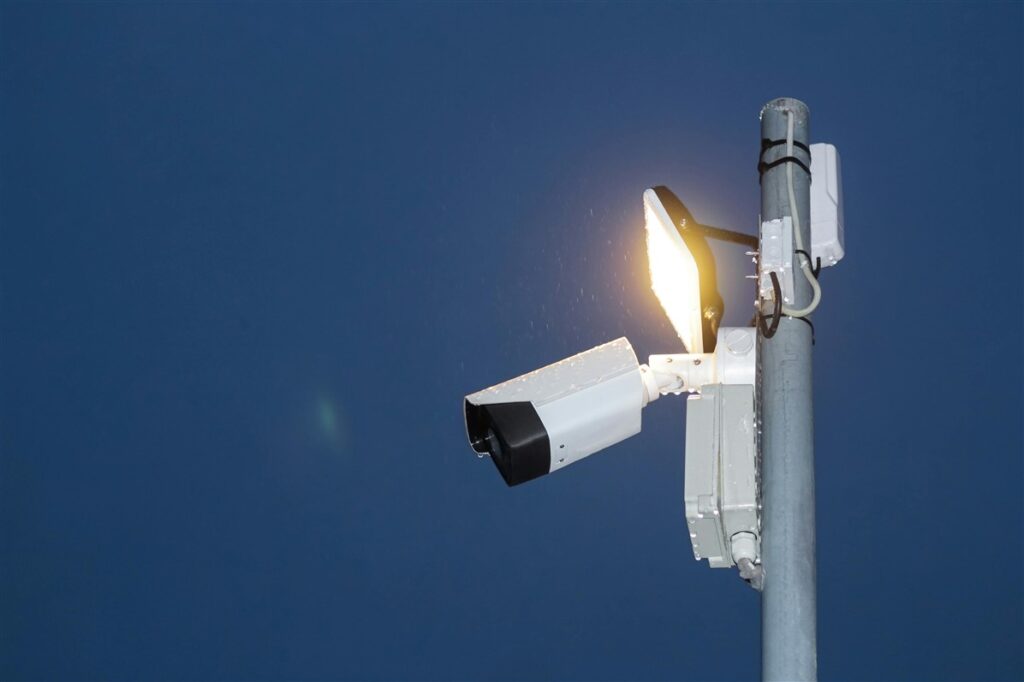
Will security lighting help to protect my staff?
Looking after the safety and well-being of employees should be a priority for any business. And while it’s not possible to mitigate every risk, there are measures you can take to improve their safety and security. One measure that is often overlooked is the installation of security lighting. When daylight disappears, visibility is reduced, increasing […]
Read more
Top 5 considerations when comparing electrical quotes
Budget is always a factor when you’re considering any type of upgrade, revamp, or maintenance work within your factory. But when it comes to electrical work, you have to consider more than just money. Don’t rush into accepting the cheapest electrical quotes without knowing exactly what you’re getting. Electrical work is not an area where […]
Read more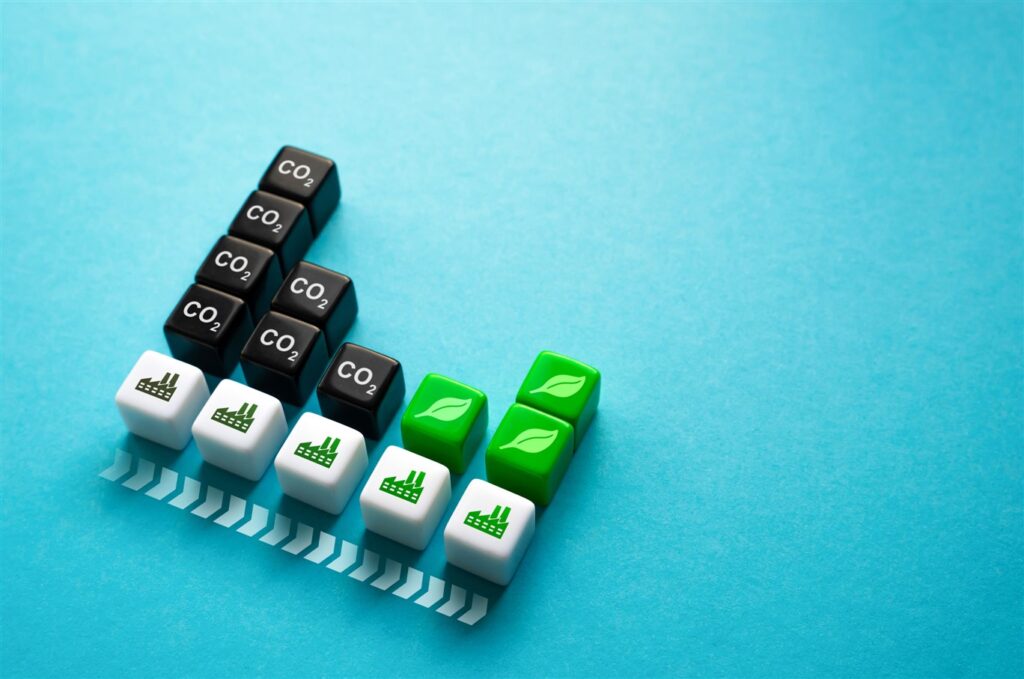
What is the role of companies in reducing our carbon footprint?
We should all be taking responsibility for protecting our planet and a big part of that is reducing our carbon footprint. But while it falls to all of us to do our bit, there is additional pressure on manufacturers, especially those with high carbon emissions. As an absolute minimum, these companies should ensure compliance with […]
Read more

